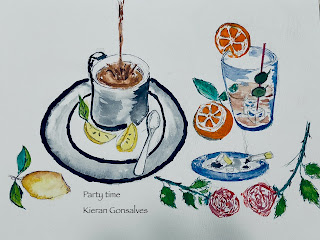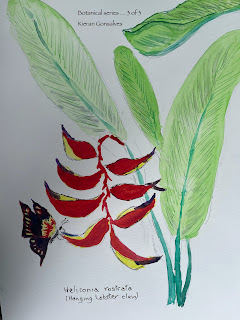No Bees

No bees, no blooms ... how colourless life would be? Bees pollinate about 75% of the world’s flowering plants and around 35% of global crops. This includes fruits, vegetables, nuts, and seeds—foods that are crucial for human nutrition. Without bees, crops like apples, almonds, blueberries, cucumbers, and coffee would see major declines in yield and quality. One worker bee collects about 1/12 of a teaspoon of honey over her entire life. That’s why it takes tens of thousands of bees working together to make a single jar of honey. To make one pound (about 0.45 kg) of honey, bees need to: Visit 2 million flowers Fly about 55,000 miles (88,000 km) Work as a colony of ~60,000 bees









